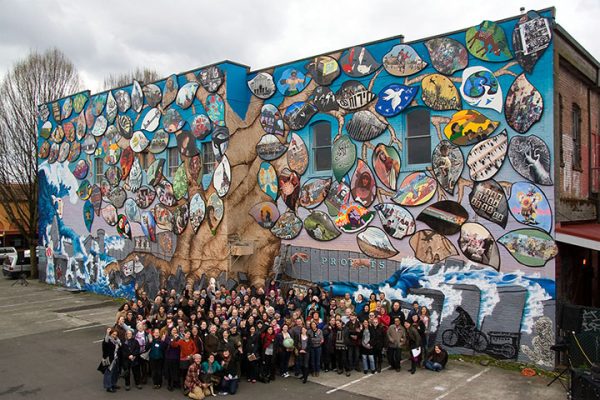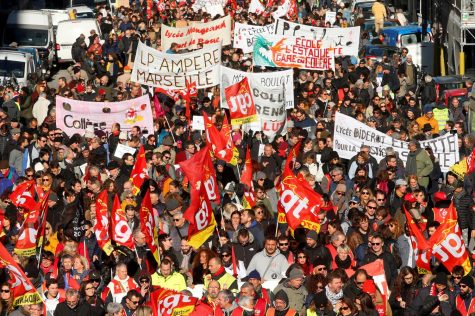Economy – Getting Jobs Back
December 14, 2020

The economy is complicated. There’s more to it than taxes, bull and bear markets, and trade wars with foreign countries. Now with globalization rapidly increasing and companies racing to lower the costs of production, manufacturing has spread across the world, and a break in one link out can cause the whole system to collapse. So, if that’s the case, how are we supposed to bring back jobs for the US?
First, we have to further invest in education. It always comes back to education, but that’s for a good reason. No matter what we try, factories are going to continue to become automated. However, if the education of our workers keeps up, then jobs won’t disappear, they’ll just change. Workers laboring on the factory floor would be replaced with technology experts maintaining the robots that do the job for us.
For another, we do need to bring back manufacturing and invest in U.S.-based innovations. The United States needs to be as self-reliant as possible, which means bringing back raw material production. We need raw materials specifically because they’re the building blocks of everything else. If the U.S. can produce its own raw materials, it can then use those raw materials itself and also sell them to other countries.
In order to bring back manufacturing, the Federal government needs to make a deal with American factories that have gone overseas. In the case that they don’t return, the time limit being 2 years after the deal is struck, they’ll have a tariff increase of 1000%. However, in the case that they do make a deal to return, they’re guaranteed 5 years tax-free and 5 years of free energy. That free energy would come from green energy power plants, which would be built by workers hired by the Federal government. Major areas of focus would be the Ohio River Valley and overall rust belt; the central Mississippi River area; Wyoming, Nebraska, and the Dakotas.
Along with all of that, all workers would be paid $20/hr, at the very least, and have full health benefits. Jobs with this pay and benefits would include the construction of the power plants, construction of the factories, and workers on the floor of the factories. These wages will be achievable, as the factories will have 5 years of no taxes.
There should also be a law that prevents business and manufacturing companies from closing down their businesses or factories, selling all their assets, and firing all the workers. Instead, the business should be put up for auction, with all the workers and assets in place. The Federal government is allowed to bid on the auction for as much as it wants. The business would go to the highest bidder, and if the Federal government is the highest bidder, the business will be owned by the workers.
Finally, any relocation of factories must be approved by the Federal government. This is to make sure the factories are here to stay, but also gives them a chance to move in the case that a different area is in need of jobs.
On the side of innovations, U.S. manufacturers should be given the incentive to invest in technology developed by U.S. companies. This will power U.S. growth and can lead to the U.S. becoming an even stronger economic superpower than before. If our inventors have the backing of our manufacturers, it creates a feedback loop that’ll keep pushing us forward, towards the future. Of course, this relies heavily on making sure our education keeps up with technology and innovation.
The solutions to economic and job-related problems, like economics itself, are complicated and require nuance. However, as we strive to improve our education and keep up with the rest of the world, these checks and balances for companies will help make improvement much easier.








